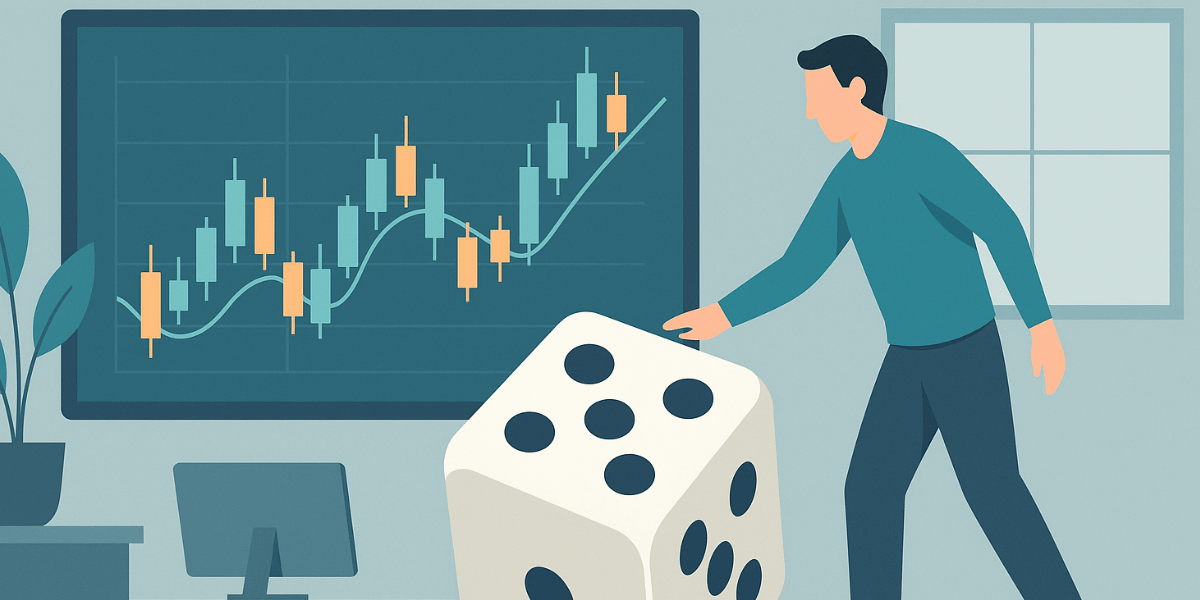A pip is a unit of measure used for tracking small price movements on the forex market. In technical terms, it equals one hundredth (1/100) of one percent.
What is a Pip?
The forex market jargon "pip" is an abbreviation for "percentage in point." This unit of measure represents the smallest incremental change possible in a currency pair's exchange rate. A pip is expressed as the fourth decimal point (0.0001) for most currency pairs. However, exceptions exist, such as the Japanese yen-based pairs, where a pip is the exchange rate's second decimal place (0.01).
Beyond Pips: What is a Pipette?
Some forex brokers have introduced pipettes—one-tenth of a conventional pip, expressed to the fifth decimal place (0.00001) for most currency pairs or the third decimal place (0.001) for pairs that include the Japanese yen. Pipettes offer a more precise measurement than standard pips. Although not all brokers support pipettes, they add extra resolution to exchange rate movements that can be helpful for traders seeking finer details.
Understanding Pips
Suppose the exchange rate for USD/SGD is 1.3500. A one-pip move would be 0.0001, changing the rate to 1.3501 or 1.3499, depending on the direction of the move. Pips provide a standardized unit to measure and compare exchange rate changes, facilitating clear communication among traders and allowing for precise calculations of profits and losses.
How to Calculate the Value of a Pip for Singapore Dollar
The value of a pip, or pip value, of a given position tells you how much you will gain or lose on that position, given a one-pip movement in the exchange rate. To calculate the pip value for the USD/SGD pair, you divide 0.0001 by the current exchange rate and then multiply that figure by the position size.
Assume you are trading a standard lot size of 100,000 USD. The current exchange rate is 1.3450.
Pip value in SGD = (0.0001 / 1.3450) * 100,000 = 7.43 SGD.
This means that for every pip movement in the USD/SGD exchange rate, the value of your position changes by 7.43 SGD.
For example, entering a long position at 1.3450 and setting a target to close the position at 1.3470. The difference is 20 pips., thus potential profit equals 20 pips * 7.43 SGD = 148.60 SGD. If the stop loss is at 1.3440, or 10 pips, the potential loss equals 10 pips * 7.43 SGD = 74.30 SGD
Why is the Japanese Yen Different?
Unlike most currency pairs quoted to four decimal places, Japanese yen pairs (e.g., USD/JPY) are quoted to two decimal places. For these pairs, a pip is equivalent to 0.01. This exception arises due to the relatively low value of the yen compared to other major currencies. Calculations involving yen pairs must account for this difference, ensuring accurate pip value measurement.
The Importance of Pips for Forex Professionals
Although seemingly insignificant at first glance, pips are instrumental for forex traders for several compelling reasons:
- Price measurement: Pips provide a standardized unit of measure for tracking and analyzing price movements. They help traders to quantify potential profits or losses.
- Profit and loss calculations: Traders can calculate the monetary outcome of a trade and assess its profitability by multiplying the pip value by the number of pips gained or lost.
- Placement of stop-loss and take-profit orders: Traders use pips to establish predefined exit points to limit losses and optimize profits.
- Position Sizing: By calculating the value of a pip in the lot size, traders manage risk and decide on the trade volume based on their risk tolerance and account size.
- Comparative analysis: Pips allow traders to objectively compare and evaluate different currency pairs based on volatility. This information may serve as a filter for certain trading strategies.
- Technical analysis: Numerous indicators and other assisting tools measure pips to quickly convey information to traders, helping to measure or identify significant price levels and trading opportunities.
A Measure of Risk and Reward
Understanding pips is crucial for traders to spot favorable risk-to-reward trades by comparing opportunities in ratios. By calculating the potential gain (reward) in pips against the potential loss (risk) in pips, traders can assess whether a trade is worth taking. For instance, a trade with a potential gain of 50 pips and a potential loss of 25 pips has a risk-to-reward ratio of 1:2, which is generally favorable. This fact helps traders manage risk more effectively and make more informed trading decisions.
Frequently Asked Questions
How much is one pip in forex?
For most currency pairs, one pip is on the fourth decimal place of the forex pair, meaning it is equivalent to one hundred of one percent or 1/100 of one percent.
How much is 20 pips in a day?
A move of 20 pips daily for most pairs equals a change of 0.0020 in decimal terms or 0.2%. However, most pairs move more than this, with a rare example of non-volatile pairs such as EUR/GBP, which occasionally moves as little as that.
Note: Any opinions expressed in this article are not to be considered investment advice and are solely those of the authors. Singapore Forex Club is not responsible for any financial decisions based on this article's contents. Readers may use this data for information and educational purposes only.







